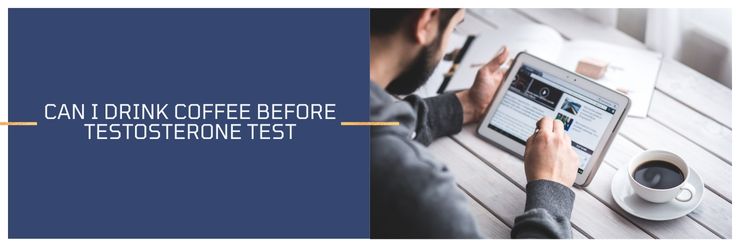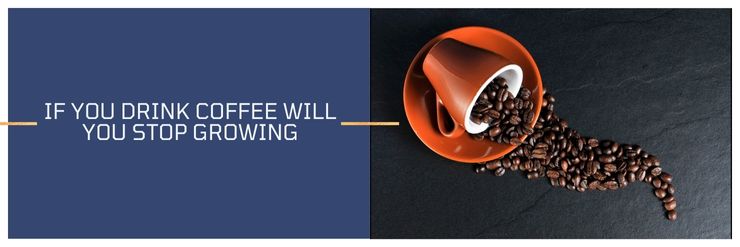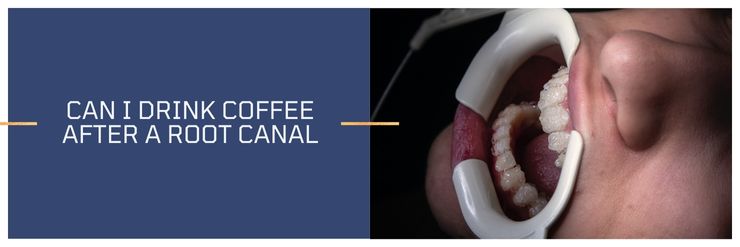Coffee is known to provide that dose of caffeine that keeps us active for our daily work. It comes in many flavors, such as French vanilla, chocolate, and caramel, among others. Have you ever thought that the more bitter tasting a coffee, the higher the caffeine content? That may not necessarily be the case. So, Does strong coffee mean more caffeine?
Stronger coffee does not necessarily mean more caffeine content in it. The strength does not directly refer to the caffeine content but the process of brewing. Lighter or milder coffee tends to have a bit more caffeine content in it compared to the stronger brew.
Strength alone does not do justice to the caffeine content in coffee. The bean type, water present, and roast level play a role in the caffeine content present in a serving of coffee. Find out how these apply to the caffeine content.
Does Strong Coffee Mean More Caffeine
The strength of coffee refers to the brewing process of the coffee rather than the caffeine content present in it. Strong coffee is made by brewing coffee with a higher coffee to water ratio.
After considering that, consider this, you can reuse coffee grounds to make another cup of coffee, albeit, a weaker tasting brew, but does mean less caffeine?
If your coffee tastes watery then you might want to understand why and how to change that, a lot of people would pick a strong coffee over a weak tasting one.
The strength refers to the total dissolved solids present in the coffee brew. Dissolved solids refer to the parts of roasted coffee that are soluble in water. These dissolved solids are extracted using hot water. The amount of these dissolved solids present in a coffee brew determines how strong it is.
The higher content of dissolved solids present in the coffee brew makes it bold, intense, and dense taste. It is everything present in the coffee cup other than water. In other words, it can be referred to as the amount of coffee we have in our coffee.
The average person would go for a coffee with a more substantial rating to get a higher dose of caffeine. This ratio, however, does not necessarily translate to higher caffeine content.
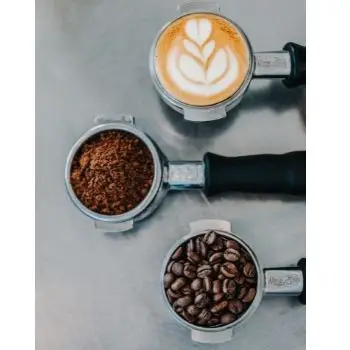
The two leading commercial kinds of coffee bean seeds are Arabica and the Robusta coffee bean seeds. The Arabica is offered as a more premium brew of coffee due to its limited supply. It is milder and has a lower level of caffeine present in it.
The Robusta, on the other hand, has a higher caffeine content present. This quality makes it resistant to adverse environmental conditions. If the same brew strength were obtained from the two coffee variants, Robusta would have a higher level of caffeine present.
A related topic I wrote about recently was, Does old coffee lose caffeine, click the link to learn more on that!
Coffee Strength Meaning
The coffee’s strength depends on the total dissolved solids (TSD) present in the brew. It is usually expressed in percentages.
The strength numbers on coffee is a system that describes how darkly roasted coffee is. This number is the strength of the roast, not the strength of the coffee bean seed.
The number is usually between 1 and 5, where 1 is the mildest and 5 is the strongest. Some coffee breweries offer coffee with a strength as high as 7. The mild or strength 1 coffee is brewed with a more significant percentage of water than coffee bean seed. Strength 5, on the other hand, has a higher concentration of coffee than water.
What Do Coffee Strength Numbers Mean
As stated earlier, the majority of the strength of coffee falls between 1 and 5, where 1 is the mildest, with higher water than coffee, and 5 is the highest, with more coffee than water. Here is a table showing the strength of coffee and what each number means.
Coffee Strength Table
| Coffee Strength Numbers | Roast Level |
| 1 | Light roast |
| 2 | Light roast |
| 3 | Medium roast |
| 4 | Medium roast |
| 5 + | Dark roast |
The lighter roasts are only roasted for a short while. It is usually light brown, with no visible oil on the surface of the bean seeds. It only reaches a temperature of about 350-400 °F.
The light roast barely reaches the first crack. The first crack happens when the vapor in the coffee seeds breaks loose through the first coat of the coffee bean seed. The light roast preserves the natural characteristics of the bean seeds.
The darker roasts are roasted for long, all to reduce the water content in the coffee bean seeds. Dark roasts are less dense. It usually reaches a roast temperature of 430-450 °F. They typically reach the second crack, and sometimes, just a little beyond the second crack.
Light Roast vs Dark Roast Caffeine
The difference in caffeine between light and dark roast coffee is usually not very significant. As long as the light and dark roast coffee are measured in weight rather than volume, the caffeine contents are usually very similar.
Measuring according to volume might bring up some discrepancies because the darker roast tends to be lighter and puff up with air.
How Much Caffeine is in A Cup of Coffee
The amount of caffeine present in a cup of coffee is highly variable, as it depends on many factors. The type of coffee bean seed used, the level of roast, and the brew can all affect how much caffeine is present in a cup of coffee.
In a 237 ml cup of coffee, there is about 100 mg of caffeine present on average. You might also want to know what roast of coffee has the most caffeine. The amount of caffeine present in the roast of coffee usually varies only by a little.
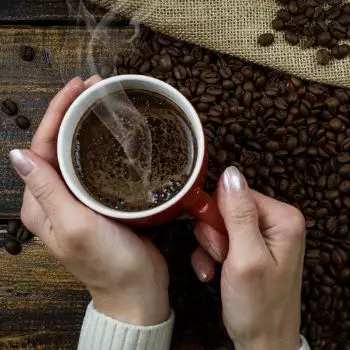
The bean roasted has more effect on the caffeine content than the level of roast. The Arabica coffee bean seeds, for example, have lower-level caffeine than the Robusta variant.
What does Colombian Coffee Taste Like, i like it, you might too, check my opinion!
Studies have, however, shown that the lighter roast of coffee has a little more caffeine content than the darker roast. In a study, a cup of lightly roasted coffee contained 60 mg of caffeine, while the darker roast contained 51 mg of caffeine, which is not a significant difference.
Summarily, opposed to the general belief that darker coffee roasts with a higher strength annotation contain a higher level of caffeine, the lighter roast, often referred to as milder, has a little more caffeine content.
Wrap Up
What did we learn for the question, does strong coffee mean more caffeine? We learned that having stronger coffee doesn’t mean you’ll have more caffeine in your cup.
Having a stronger coffee refers more to the brewing techniques used while the caffeine content refers more to the beans used.




